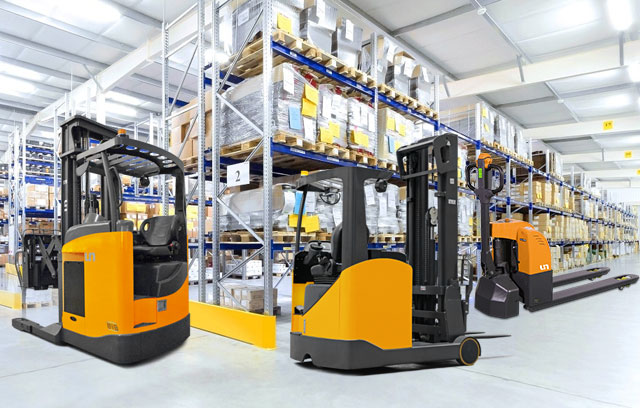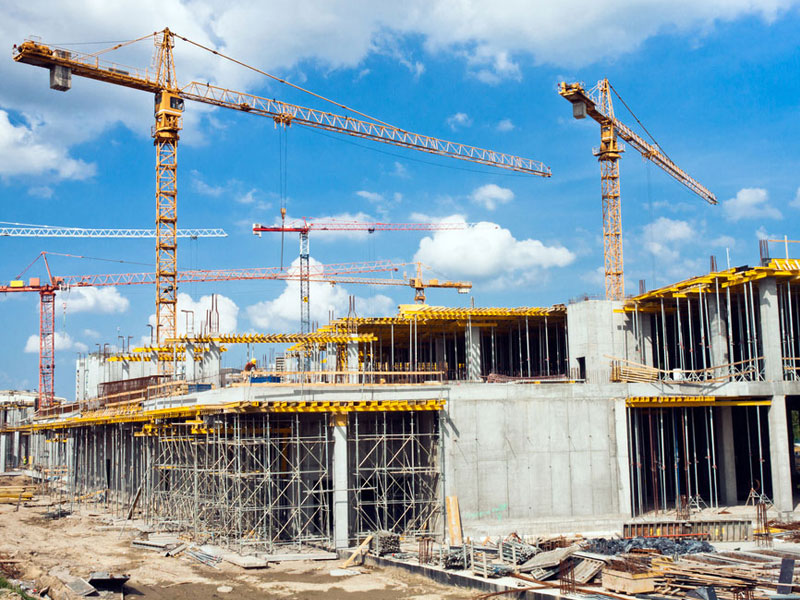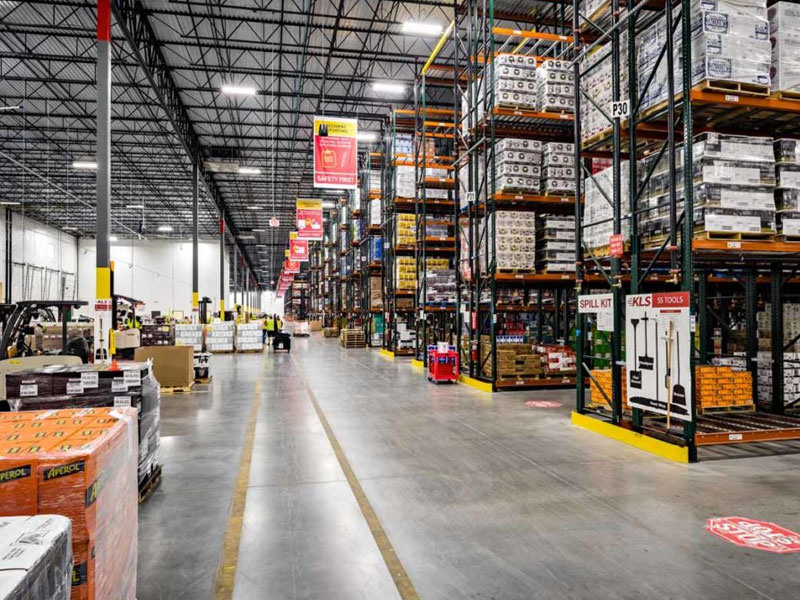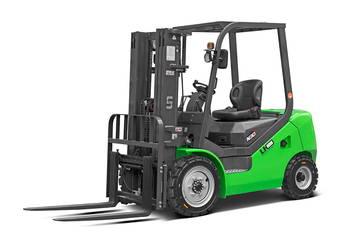Maintenance Cost Overview
Compared with traditional lead-acid battery forklifts, lithium-ion electric forklifts have different maintenance costs and difficulties due to their different battery technology, drive system and overall design. Lithium-ion batteries have a long service life, short charging time, and do not require frequent battery replacement, which makes their maintenance costs more controllable in long-term use. However, the maintenance cost of lithium-ion forklifts is affected by many factors, including the maintenance of the battery management system (BMS), battery aging and replacement, and daily maintenance of the forklift itself.
Battery Management System (BMS) Maintenance
The battery management system is an indispensable part of lithium-ion electric forklifts. It is responsible for real-time monitoring of the battery status, including various parameters such as charging, discharging, and battery temperature. BMS requires regular inspection and maintenance to ensure the normal operation of the system. Although most modern BMSs have self-diagnosis functions and can automatically adjust the working status, professionals are still required to regularly check the functions of the software and hardware to ensure that there are no faults or abnormalities.
Battery Life and Replacement
The service life of lithium-ion batteries is generally 5 to 7 years, and the specific life depends on factors such as frequency of use, charging habits, and temperature environment. Although lithium-ion batteries do not need to be replaced as frequently as lead-acid batteries, the capacity of the battery will gradually decay over time. This means that the battery life of the forklift will be shortened and it is necessary to consider replacing the battery. The cost of battery replacement is a major expense of lithium-ion electric forklifts. Although the single replacement cost of lithium batteries is higher than that of traditional lead-acid batteries, their longer service life and lower maintenance frequency usually make the overall cost more controllable.
Daily Care and Maintenance
In addition to batteries, other components of lithium-ion electric forklifts, such as motors, controllers, drive systems, hydraulic systems, etc., also require regular maintenance. The daily maintenance of lithium-ion electric forklifts includes checking the working conditions of hydraulic oil, lubrication system, brake system, drive motor, etc. Since lithium-ion forklifts are relatively simple in structure and many components are designed to be more durable, compared with traditional fuel forklifts, the daily maintenance workload is relatively small and the maintenance difficulty is also lower.
Maintenance of Charging Facilities
The charging facilities of lithium-ion electric forklifts need to be checked regularly, especially the condition of charging piles and battery chargers. If the charging equipment fails, it will affect the efficiency of the forklift. Therefore, regular inspection and maintenance of charging equipment is a necessary measure to avoid incomplete or overcharging of batteries. In addition, charging facilities need to be guaranteed to operate in a suitable environment to avoid excessively high or low temperatures that have adverse effects on charging efficiency and battery life.
Training and maintenance difficulty of technicians
Although lithium-ion electric forklifts are relatively easy to maintain, their battery management system and battery technology are relatively complex, so certain technical requirements are still required for operation and maintenance. Especially in the battery replacement, battery management system debugging and other links, improper operation may cause battery damage or system failure. Therefore, in order to ensure the quality of maintenance, operators and technicians need to undergo professional training and master relevant skills and knowledge.
Fault diagnosis and maintenance
The fault diagnosis system of lithium-ion electric forklifts is usually more advanced, and the cause of the fault can be quickly identified through diagnostic instruments. However, due to the complex technology of core components such as batteries and control systems, when a fault occurs, the maintenance difficulty is relatively high, and professional technicians are usually required to perform maintenance. This also leads to expensive maintenance costs when major faults occur. Therefore, in daily use, strengthening preventive maintenance of forklifts and avoiding faults are important ways to reduce maintenance costs and difficulties.
Total maintenance cost analysis
Although lithium-ion electric forklifts have a higher single purchase cost, their maintenance costs are generally lower than traditional lead-acid battery forklifts during long-term use. The long life of lithium batteries and low maintenance frequency mean that users' overall operating costs can be effectively controlled compared to frequent replacement of lead-acid batteries. In addition, lithium battery forklifts are less likely to have large-scale failures and have shorter maintenance time, which improves overall work efficiency and reduces forklift downtime. Nevertheless, regular maintenance, battery management system inspections, and necessary technical training are still the key to ensuring the normal operation of forklifts.











 中文简体
中文简体 عربى
عربى Español
Español














